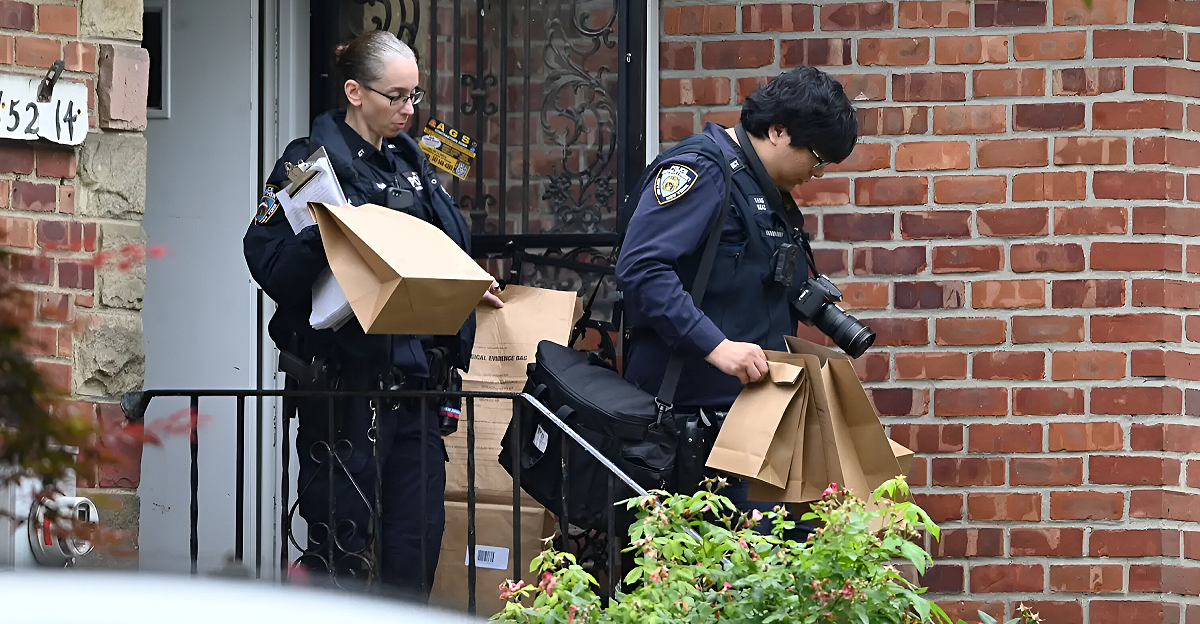
In one of the most alarming safety recalls of 2025, federal regulators have flagged more than 123,000 products sold on Amazon, including household goods, children’s items, and electronics, as potentially deadly, according to the U.S. Consumer Product Safety Commission (CPSC). Hazards cited include fire, poisoning, child entrapment, and fatal injuries.
While Amazon says it removes dangerous listings and alerts affected buyers, the CPSC warns the scope of the recall exposes ongoing gaps in online marketplace oversight. Officials urge customers to stop using recalled products immediately and follow manufacturer instructions for refunds, repairs, or safe disposal to prevent serious or life-threatening accidents.
Violations That Sparked the Crackdown

Federal investigators said many recalled products violated U.S. safety standards outright. Issues included defective batteries, faulty safety gates, and missing child-resistant packaging. The CPSC stated these defects presented a substantial risk of serious injury or death, prompting these urgent recalls.
Many recalled products were sold by independent vendors on Amazon, illustrating the sheer scale and complexity of monitoring millions of third-party listings for potential safety issues.
Children’s Products Pulled After Fatal Entrapment Risks

Several recalled items targeted at children, including LIVACTI Retractable Safety Gates, were pulled after the CPSC warned that gaps could allow a child’s torso to slip through, risking fatal entrapment.
Light-up toys were also recalled for unsecured button batteries and detachable magnets. According to federal safety data, such hazards have been linked to multiple child deaths in past incidents.
E-Bikes and Scooters at the Center of Fire and Fall Recalls
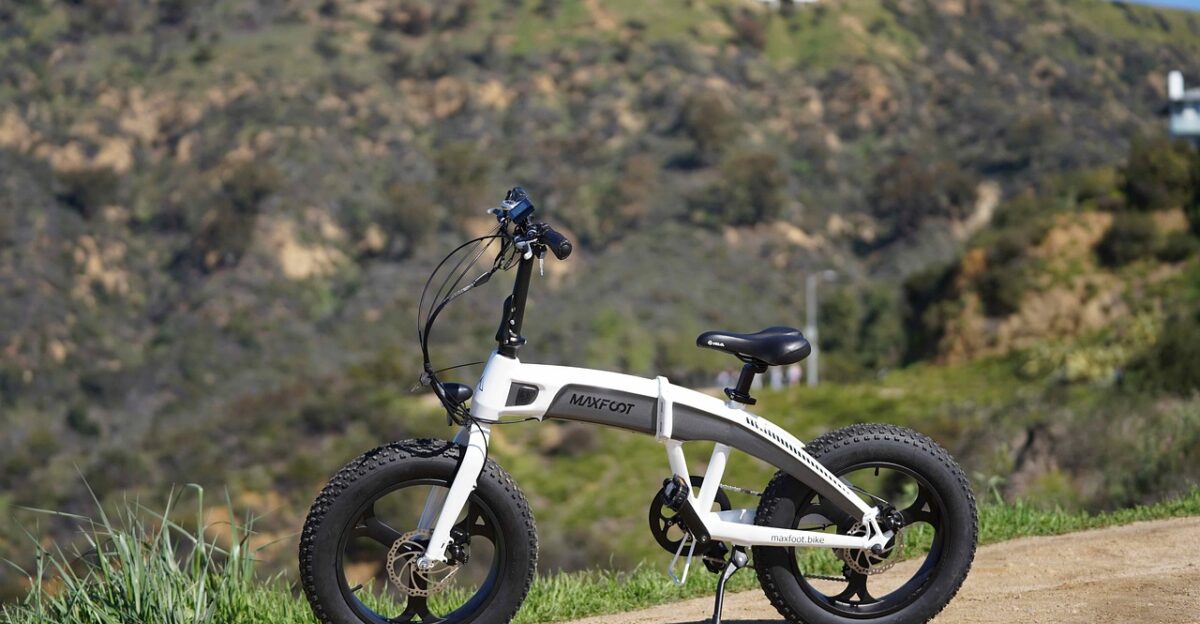
Recall notices link the FENGQS F7 Pro Electric Bike to 13 overheating incidents and two battery fires. The Apollo City 2024 Electric Scooter was recalled after weld defects led to reported falls and injuries.
While some manufacturers are offering repairs or full refunds, the CPSC urges consumers to stop using these products immediately to prevent further accidents.
Household Chemicals Without Childproof Caps
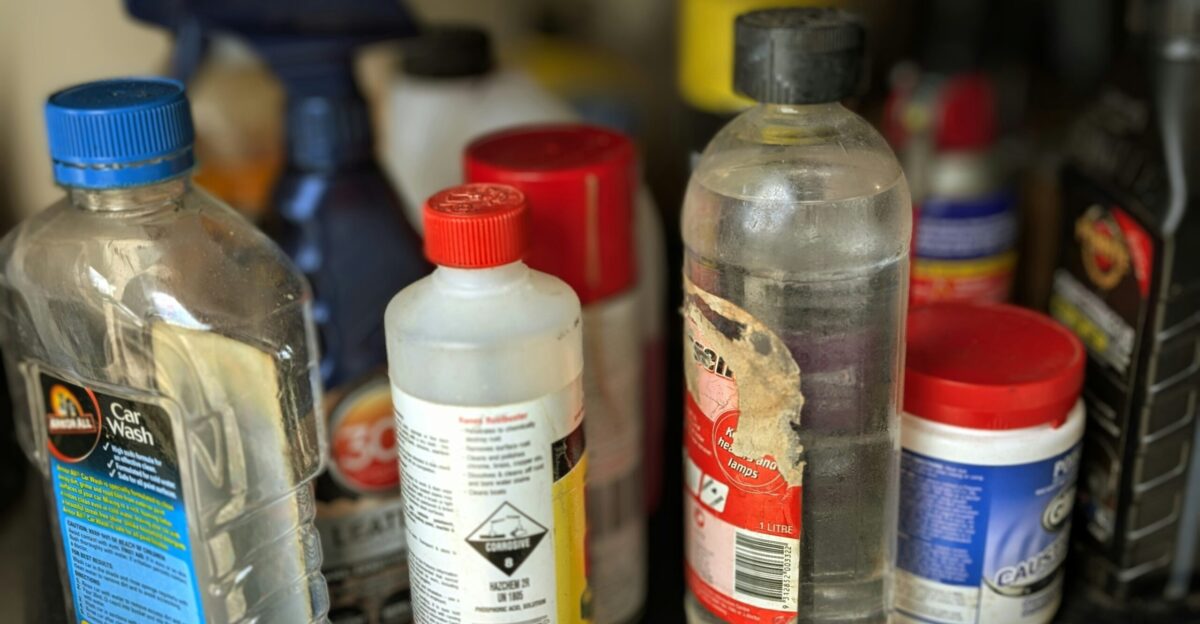
Creekwoodals Pure Spirits of Turpentine was recalled after being sold in non-child-resistant bottles, violating federal packaging rules. The CPSC warned that accidental ingestion could be fatal to children.
Customers were offered replacement safety caps, but regulators stress that improperly packaged chemicals pose preventable poisoning risks.
Hidden Danger in Popular Home Fragrance Diffusers

Over 800,000 Pura Scents home fragrance diffusers were recalled because magnets in the covers could detach. The CPSC warned that swallowed magnets can cause life-threatening internal injuries.
Consumers are urged to discard hazardous covers and request replacements from the manufacturer.
Bug Zapper Rackets Recalled Over Shock and Burn Reports

Rechargeable bug zapper rackets were among the products pulled after reports of electrical ignition and potential shocks. According to recall reports, some units sparked during use, posing fire and burn risks.
Customers were told to stop using the devices and return them for refunds.
How Amazon Alerts Buyers When Recalls Hit
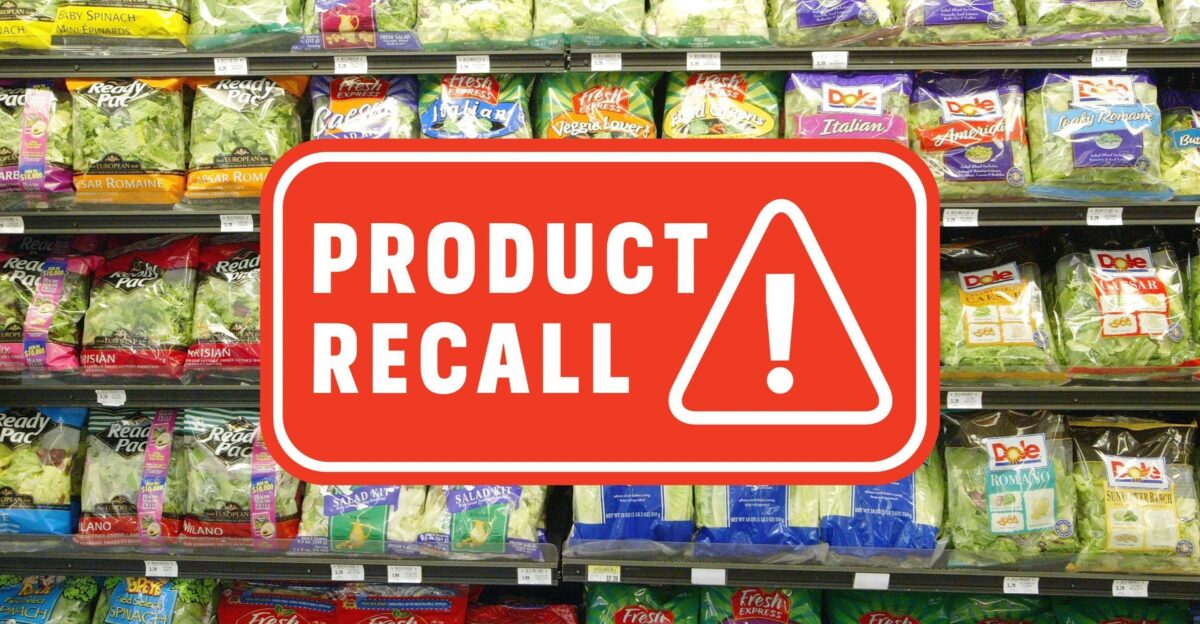
An Amazon spokesperson said the company immediately halts sales of affected products and notifies both customers and sellers as soon as a recall is issued. The spokesperson added that Amazon works directly with manufacturers and regulatory agencies to coordinate refunds, repairs, or replacements for impacted items.
Legal Ruling Forces Amazon to Act Like a Traditional Retailer

A 2024 CPSC ruling classified Amazon as a distributor under the Consumer Product Safety Act, making it responsible for recalls even for third-party sales. Legal experts say this ruling forces Amazon to act more like a brick-and-mortar retailer when dangerous products are found.
What to Do if a Recalled Product Is in Your Home
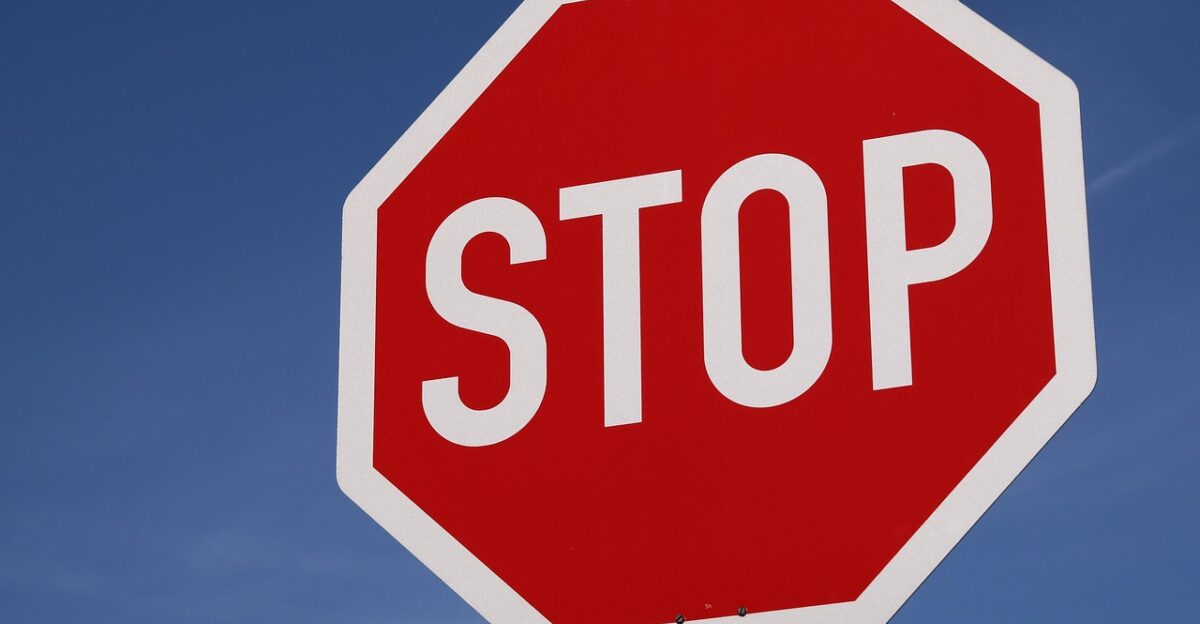
If you own a recalled product, the CPSC advises to stop using it immediately and follow the manufacturer’s return or repair process. Consumers should also check the CPSC’s public recall database for the latest updates.
For items containing batteries or hazardous chemicals, proper disposal is critical to prevent fires, poisoning, or environmental harm.
Why Third-Party Sellers Are Often Behind Unsafe Products
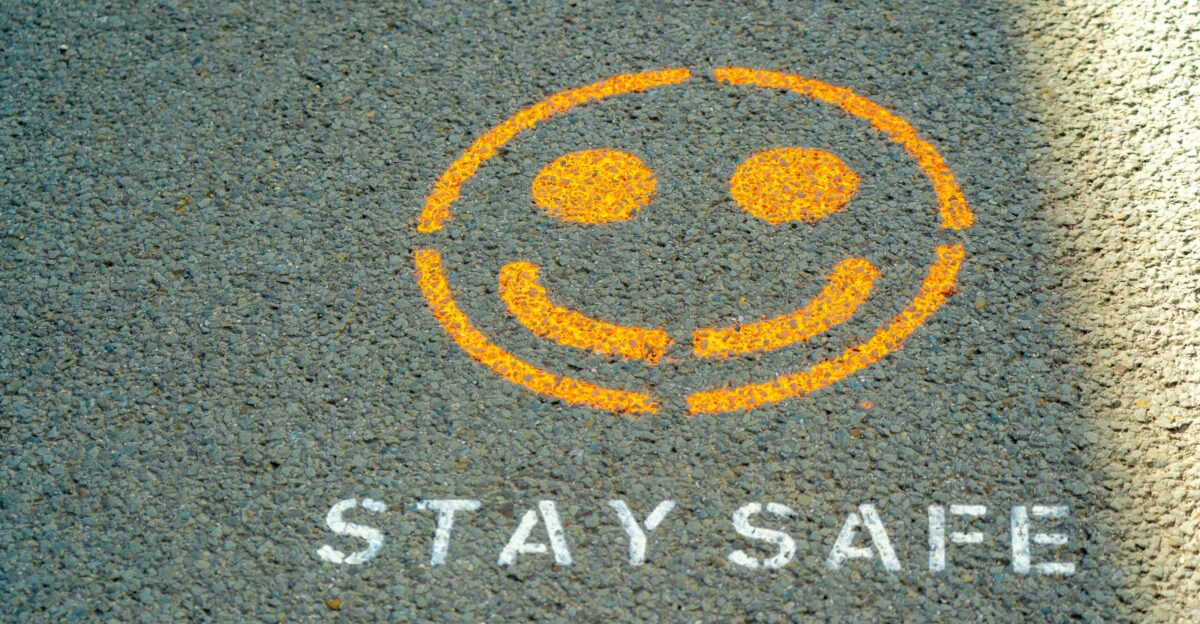
Regulators say many recalled products came from overseas third-party sellers whose compliance with U.S. safety laws isn’t consistently verified. While Amazon has strengthened its vetting process, the CPSC warns that gaps remain in preventing unsafe goods from reaching customers.
Past Recalls Reveal Pattern of Product Safety Failures
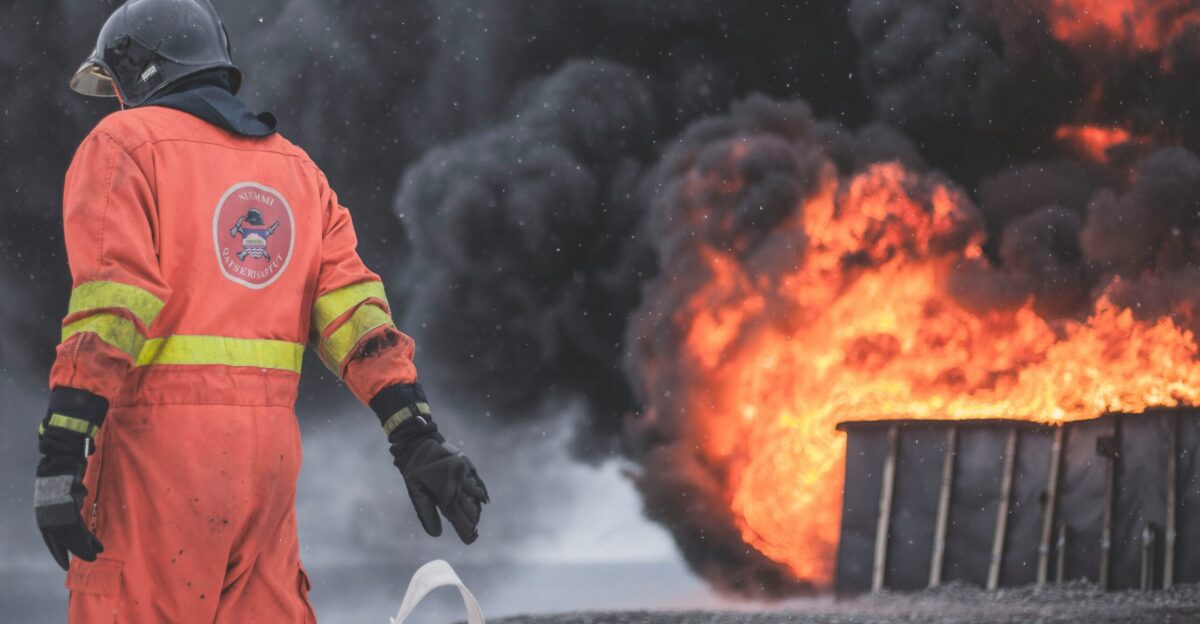
Past Amazon recalls have involved pajamas that failed flammability tests, unsafe carbon monoxide detectors, and hair dryers with shock risks. These cases, the CPSC noted, demonstrate why Amazon must treat all recalled goods, regardless of seller in the same way it handles in-house products.
Breaking Down the 123,000+ Dangerous Items Recalled

The total reflects combined recalls from multiple categories, including home goods, electronics, toys, and batteries. Safety officials say the real number of affected consumers may be higher, since not every sale or exposure is recorded in recall reports.
Where to Find Real-Time Amazon Recall Information

The CPSC recommends checking its website for official recall listings and signing up for safety alerts. Amazon’s recall page also provides item-specific return instructions. Both resources are updated in real time as new recalls are issued.
Scammers Are Using Fake Amazon Recall Alerts to Steal Data

Recalls like this are a reminder to stay alert for scams. Authorities warn that fraudsters are sending fake Amazon recall texts and emails to steal personal information.
According to the CPSC, consumers should ignore unsolicited messages and only trust recall notices sent through Amazon’s official channels or listed in the agency’s verified database.
The Push for Stronger Oversight to Protect Consumers

Regulators, retailers, and manufacturers are strengthening safety measures, but the rapid growth of online sales continues to outpace enforcement. The CPSC warns that without constant vigilance from platforms, sellers, and consumers, dangerous products will keep slipping through the cracks.
True protection, officials say, depends on swift recalls, tougher oversight, and informed buyers who check safety alerts before they click buy.